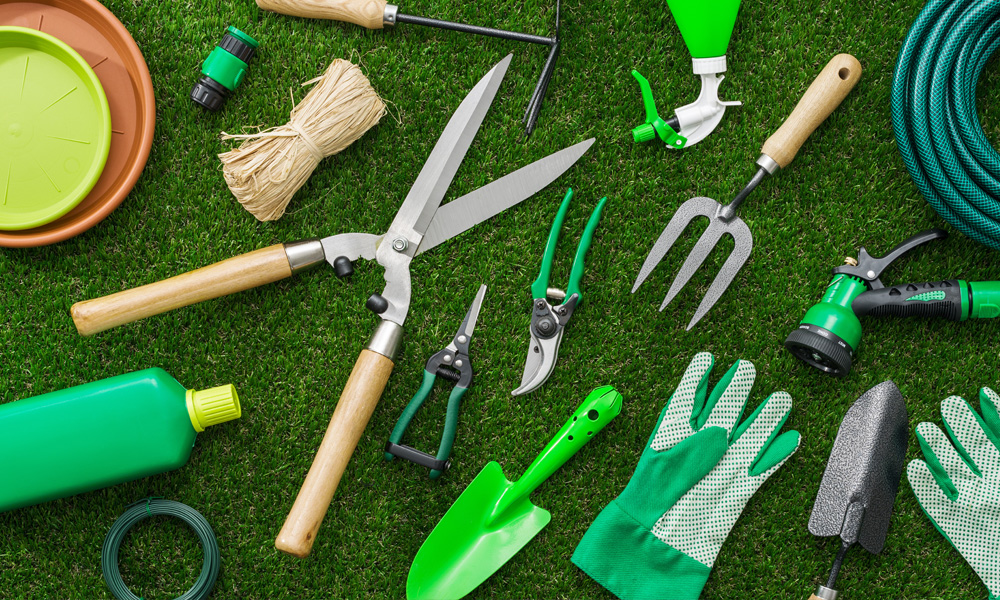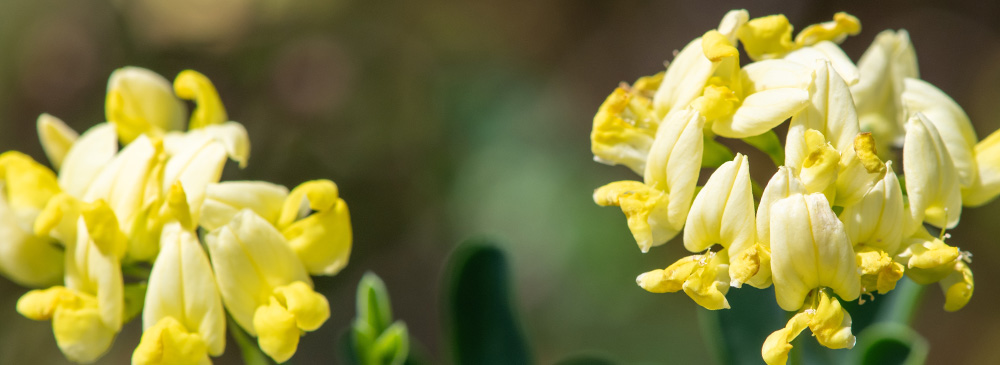tips for beginner gardeners deep dive
tips for beginner gardeners deep dive

“Oh, let me give you some cuttings”, “In my day...…”, “ In our old garden I grew the most beautiful (insert obscure name here)”...prepare to hear such phrases now you are a gardener. Keep reading for tips for beginner gardeners detep dive.
Phrases notwithstanding, you also find numerous well-meaning people telling you to do things the way they have always done, which may be well beyond your current state of knowledge and ambition. “You’d best dig up the entire garden, buy 20 tons of horse manure, mix with sandy loam, construct raised beds and plant an orangery”; when all you want to do is grow some cut flowers for the kitchen. To avoid this trap, I shall not be giving tips nor advice, but general guidelines regards gardening to help you set sail on your new voyage of discovery.
With gardening I am ‘old school’ and believe the way to being an accomplished gardener is to learn by making your own mistakes. Even the most famous TV gardeners make mistakes, and I can tell you without fear of contradiction, no human alive knows everything there is to know about gardening.
Introduction

With gardening I am ‘old school’ and believe the way to being an accomplished gardener is to learn by making your own mistakes. Even the most famous TV gardeners make mistakes, and I can tell you without fear of contradiction, no human alive knows everything there is to know about gardening.
Your garden has different soil from the ‘experts’, your garden receives different rainfall from theirs, your garden has a different sun/shade aspect, and you have different plants originating from different parts of the world. You and your garden are unique.
Find out what is best for you because gardening is mastered from wisdom gained from a set of your own experiences.
Of course, there is zero chance I can give you specific information about every single plant’s requirement in a blog; for this information you need to pray with your keyboard to the ‘The Great Google God in the Cloud’. I merely offer some broad principles to help you grasp the basics.
Let us start by looking at the one issue which confuses and puts beginner gardeners off – the complicated names of many plants.
Let's Look At The Latin

Centuries ago, expeditions to discover new lands and natural sciences were funded by the Royal Geographical Society. These were known as "learned societies” and were predominantly made up of students of the classics. This led to a standard being set whereby most plants were given Latin or Greek names; a perfect example - Trachelospermum jasminoides.
Types Of Plants To Buy

Young Plants are sold mostly through mail order companies. They are smaller and can often be cheaper. Buying mail order allows for greater variety because a young plant needs little storage space, hence nurseries can have a larger choice. Young plants are often better value, and the postage is less. When you receive a young plant, put into a small pot with compost for 4 weeks to allow the roots to unfurl and then you plant out into your garden.
Potted plants range from young plants which have been potted on for you and grown in 9cm pots, to fully grown plans in 10+ litre pots. Depending on the size the costs rise quickly, however buying fully grown plants is a quick way to establish your garden.
Bare Roots are a traditional way to garden. If I have two beautiful roses and you want one, what I would do is wait until my roses go into dormancy, cut some of the top stems away from one, and dig up its root. I send you the root, which you then replant. Then when the rose awakens, it starts to regrow - but now in YOUR garden. You can find bare roots for most plants and are a good way to garden, because you know you are buying a plant which had flourished the previous year.
Soil Type

Most soil in British gardens are slightly acidic and luckily most plants prefer slightly acidic soil. There are plants which prefer more acidity and for these plants you can buy ERICACEOUS compost which increases the acidity of your soil.
There are plants which like alkaline soil such as lavender, geraniums, dianthus, and campanula. To increase your soils alkalinity, you simply add a handful of agricultural lime.
However, unless your plant has specific needs you will find nearly everything grows in the slight acidity you most likely have – though it is good to know your soil type. Best do some research about your plant just in case you need to add some ericaceous compost or lime.
Sandy soil is fast draining though may be not so fertile.
Clay soil is slow draining and needs to be broken up and mixed with friable organic material.
If you have a LOAM soil, this is good because it is fertile.
Did you know blue hydrangeas like acid soil and pink hydrangeas like alkaline soil? By dramatically changing the pH value of your soil where your hydrangea is planted, you can turn the blue hydrangea pink and the pink hydrangea blue.
Watering

Check your plants' watering requirements because this will vary with each species. Annuals need regular watering. Perennials less so and roses need a lot.
Bedding plants need regular watering in the summer and plants which produce a perfume need water to create a vapour which helps broadcast the scent molecules.
Hardiness

Plants originate from various parts of the world, and many cannot survive in lower temperatures. Therefore, you must find out the ‘hardiness’ of your plant. Naturally, you wish to select perennials which will survive our winters. Annuals can survive May-October no matter. The Royal Horticultural Society have classifications example H7/H5 etc. If your plant isn’t hardy enough, you must either move it to a frost-free environment, or mulch by putting a protective layer of woodchips/straw/pine needles around the base of the plant. You can check on RHS or Hayloft website for the hardiness rating of your plant to check it's suitable for your garden.
Maintenance Deep Dive

Once you have your garden planted and growing, small and regular effort is the key to successful gardening. Every few days stroll around the garden and at your leisure perform these tasks. (This keeps gardening a pleasure because it is better to perform many easy tasks than break your back and your spirit, by performing occasional large tasks).
Most soils are bereft of all 12 minerals plants need, so feeding is a way to ensure your plants receive all the nourishment necessary. Annuals require regular feeding, perennials occasional feeding. You can either buy slow-release fertilisers, which are in the form of beads you dig into the soil around the plant, or you can buy soluble fertilisers which you dilute in a watering can. New gardeners frequently blame themselves if their plants do not grow, yet countless times it is the case the plants do not have enough nutrition.
Look at your flowers and any which look like they are past their best remove from the plant. This encourages more flowers.
Always pull out a few weeds as you walk around. Weeding is one of the most onerous tasks in gardening. It is better to remove 5 weeds each day over 100 days than try and remove 500 weeds in one day.
Look for slug damage and consider ways to be rid of them. There are several options for removing slugs. Choose which method suits you moral compass.
Pests and fungal infections. Check your plants for pests and fungal infection. In this country both can happen. There are a multitude of approved safe pesticides and fungicides you can use. We sell vitax organic sprays at Hayloft.
Come autumn/early spring, you need to start pruning some of your perennials. Again, you must ask the ‘Google God’ the most beneficial way to cutback each plant because some like a hard prune and some like a gentle prune.
Look after the soil and the soil will look after your plants.
Lifespan of Plants

Perennials are plants which can live for several years. They slowly develop and offer years of colour and/or perfume.
Annuals live for one year. Annuals are flamboyant, colourful, and quick.
Biennials grow for the first year then flower and set seed in the second year.
Shrubs can continue for years and often lifetimes, whilst some trees living to be hundreds and even thousands of years old!
Final Words

How easy is this? You can do this, I can do this, we can all do this. Clearly gardening is not difficult and contributes so much to your mental and physical well-being.
Here are two quotes to sum up:
“There are no gardening mistakes, only experiments” – Joyce Kilburn Phillips .
“Stop reading blogs and just crack on”- Me
Until next time, David





